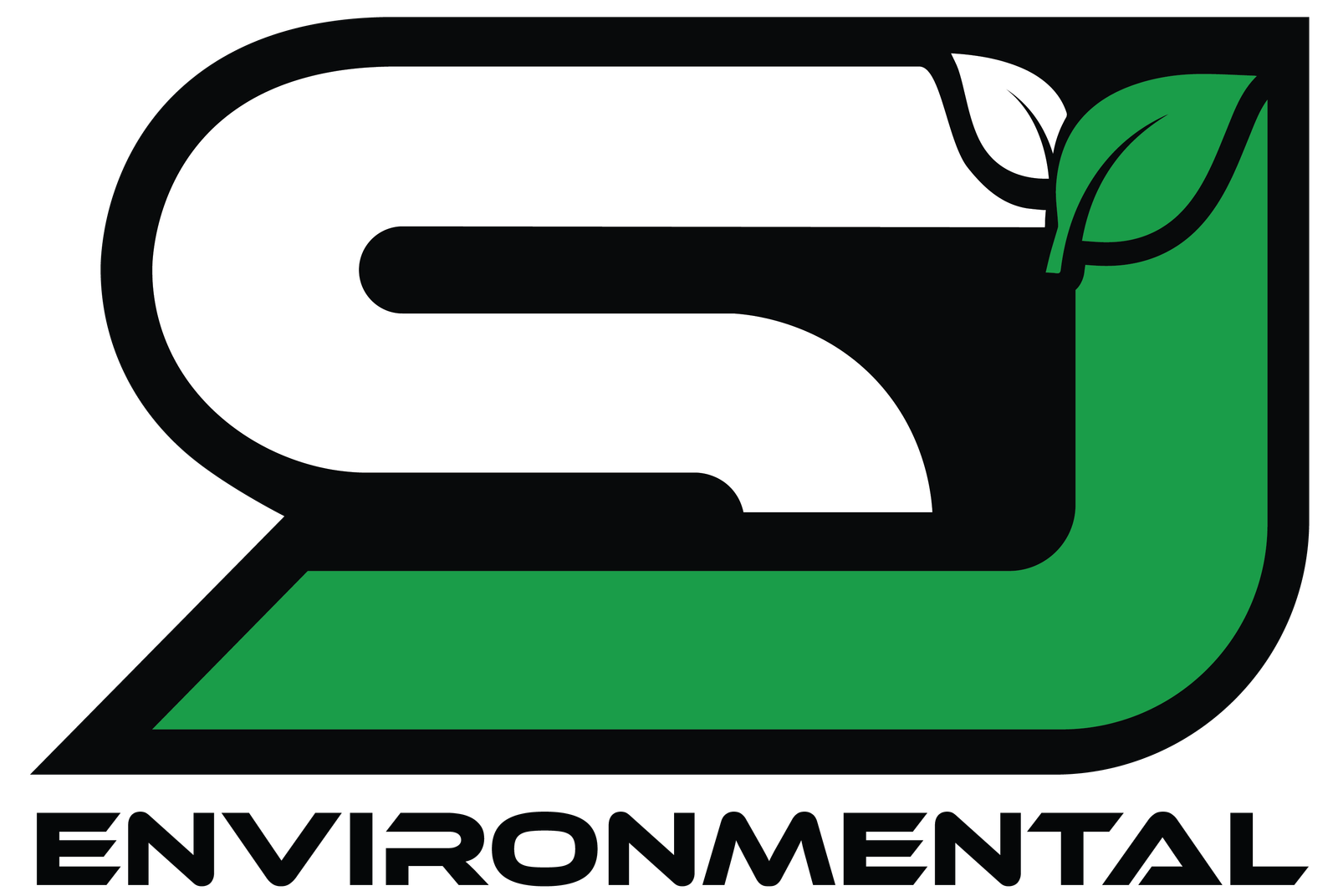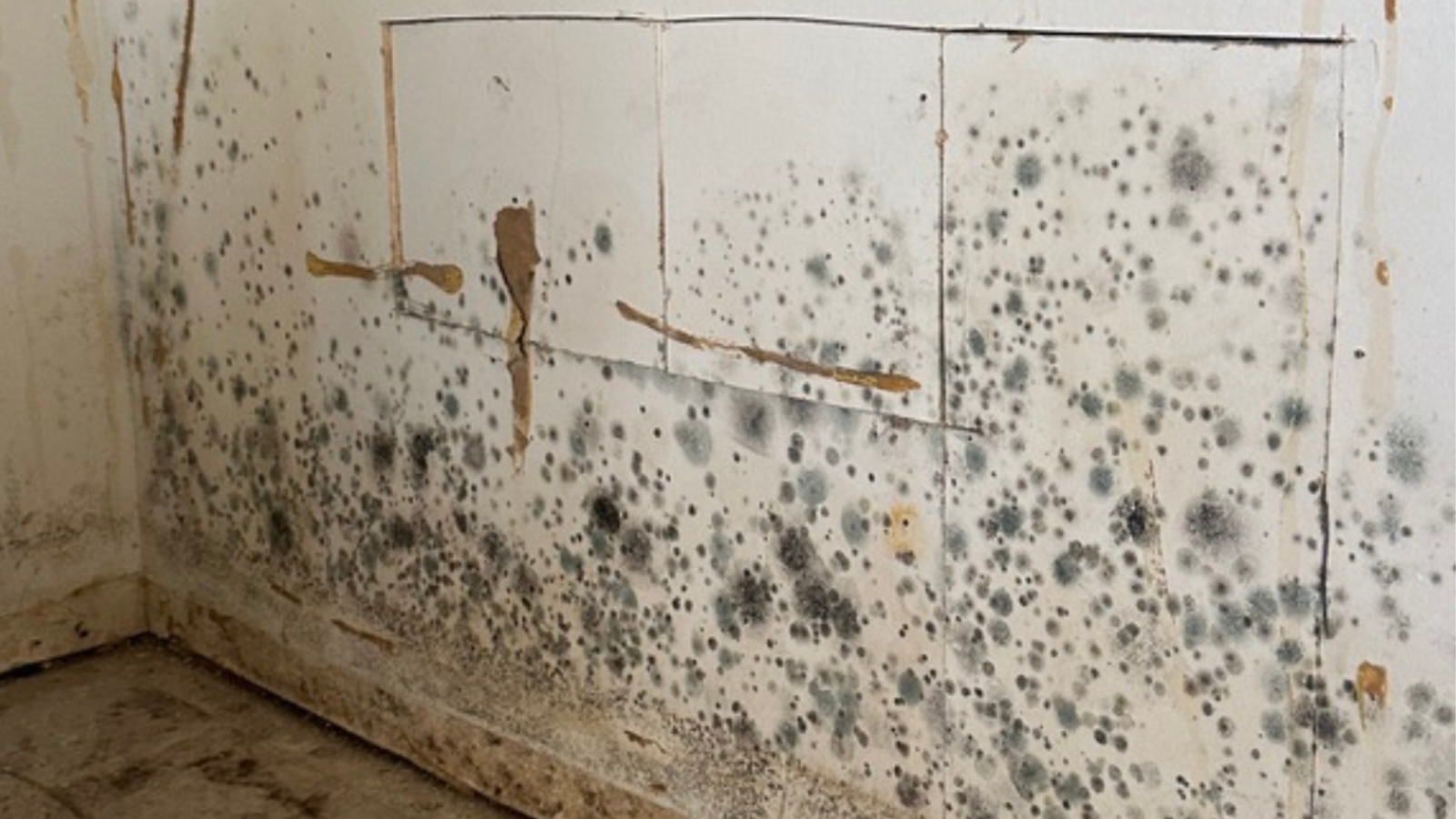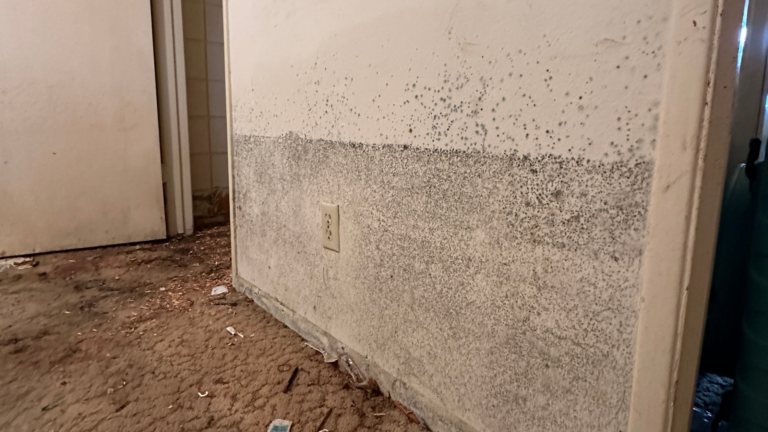A Complete Guide to Mold Testing: Protect Your Health and Property
Mold is a common issue in many households, but if left unaddressed, it can lead to serious problems. Mold not only damages your home’s structure but can also cause health complications for you and your family. Mold thrives in damp and humid environments, growing on surfaces such as walls, ceilings, and floors. In this guide, we’ll explore the importance of mold testing, the health risks associated with mold exposure, and how to prevent mold from becoming a larger issue in your home.
Understanding Mold: What Causes It to Grow?
Mold requires moisture to grow. Along with a food source (like organic materials) and the right temperature, moisture is a primary factor in the development of mold. While mold spores are present in the environment around us, they only turn into visible colonies when there’s enough moisture to support growth.
But where does the moisture come from? While obvious sources like leaks or standing water are common causes, high humidity levels and condensation can also create ideal conditions for mold to grow. This means that even if there’s no visible water damage, your home could still be at risk. If you suspect mold in your home, it’s crucial to address the moisture source to prevent further growth.
Why Mold Testing Is Important
Mold can pose serious health risks, especially to those with allergies or respiratory issues. If you’ve noticed symptoms such as sneezing, coughing, or irritated eyes, mold exposure could be the culprit. For these reasons, mold testing is an important step in identifying whether you have a mold problem and determining how to manage it.
Mold testing can pinpoint areas of concern, allowing you to take action before the problem worsens. By having your home professionally tested, you can gain peace of mind and ensure a safe living environment.
Common Questions About Mold
Q: What Causes Mold to Grow in a Home?
A: Mold grows in damp, humid environments. Leaks, condensation, and flooding are common sources of moisture that promote mold growth. Areas with poor ventilation are also at risk.
Q: How Can I Tell If I Have Mold in My Home?
A: Visible signs of mold include black or green spots on walls, ceilings, or floors. Mold may also produce a musty odor. Additionally, unexplained allergic reactions or worsening respiratory symptoms may indicate mold presence.
Q: Is All Mold Harmful to My Health?
A: While not all mold is toxic, certain types, such as black mold, can cause serious health issues. Mold exposure can trigger allergic reactions, respiratory problems, and other health complications.
Q: How Can I Prevent Mold Growth in My Home?
A: To prevent mold, control moisture levels by fixing leaks, improving ventilation, and reducing humidity. Regular cleaning and maintenance can also help reduce the risk of mold growth.
Q: Can I Do Mold Testing Myself?
A: While DIY mold testing kits are available, professional testing is recommended. Certified professionals can identify the type of mold and provide guidance on remediation.
When Do You Need Professional Mold Testing?
There are several situations in which you should consider hiring a mold testing professional:
- After Water Damage: Whether from a flood, burst pipe, or leak, water damage creates the ideal conditions for mold growth. Even if water has been cleaned up, mold may still grow in hidden areas such as behind walls or under flooring.
- If You’re Experiencing Symptoms of Mold Exposure: Allergies, respiratory issues, headaches, and skin irritation may be signs of mold exposure. A professional can assess your home for hidden mold growth.
- When Buying or Selling a Home: Mold inspections are often part of real estate transactions. A mold test ensures any mold issues are properly addressed before the sale is finalized.
The Benefits of Hiring a Mold Testing Professional
Hiring a professional mold tester offers several advantages:
- Accurate Identification: A professional can accurately identify the type of mold in your home and determine whether it poses a health risk.
- Early Detection: Catching mold early can prevent it from spreading and causing further damage to your property.
- Peace of Mind: A thorough mold inspection gives you confidence that your home is safe from hidden mold risks.
- Insurance Claims: If you need to file an insurance claim for water damage or mold damage, having a professional mold inspection report can ensure you receive the coverage you deserve.
The Mold Inspection Process
The mold inspection process typically involves several steps:
- Initial Consultation: A certified mold inspector will discuss your concerns and ask about any moisture or water damage events in your home.
- Visual Inspection: The inspector will look for visible signs of mold and use tools like moisture meters and thermal cameras to detect hidden moisture.
- Sampling: If mold is suspected, the inspector will take air or surface samples for lab analysis to confirm the presence and type of mold.
- Lab Analysis: Samples are sent to a laboratory, which identifies the type of mold present.
- Report and Recommendations: After the inspection, the inspector provides a detailed report with recommendations for mold removal if necessary.
Mold Testing and Asbestos Concerns
Before mold remediation, asbestos testing may be necessary if your home contains materials that could release asbestos fibers when disturbed. Building materials such as drywall, insulation, and flooring might contain asbestos, and it’s important to test for this before starting any mold remediation. If asbestos is found, licensed professionals must handle the removal safely.
The Cost of Mold Testing
The cost of mold testing in California can range from $300 to $1,000, depending on the size of your home, the type of testing needed, and the extent of the mold problem. More extensive testing or additional services such as mold remediation may increase the overall cost.
To get an accurate estimate, it’s recommended to contact certified mold inspection companies for quotes tailored to your home’s specific needs.
Serving the Following Areas
We provide mold testing services in the following regions:
Santa Barbara County
Buellton, Carpinteria, Goleta, Lompoc, Santa Barbara, Santa Maria, Solvang, and more.
Ventura County
Bell Canyon, Camarillo, El Rio, Fillmore, Lake Sherwood, Meiner Oaks, Mira Monte, Moorpark, Oak Park, Oak View, Ojai, Oxnard, Piru, Port Hueneme, Ventura, Santa Paula, Santa Rosa Valley, Santa Susana, Saticoy, Simi Valley, Thousand Oaks
Los Angeles County
Santa Clarita, Valencia, Calabasas, Agoura Hills, Woodland Hills, Tarzana, Sherman Oaks, and more.
Schedule Your Mold Testing Today
If you suspect mold in your home or have recently experienced water damage, it’s important to act quickly. Professional mold testing can help ensure your home is safe for you and your family. Contact us today to schedule an inspection and take the first step in addressing any potential mold issues.


